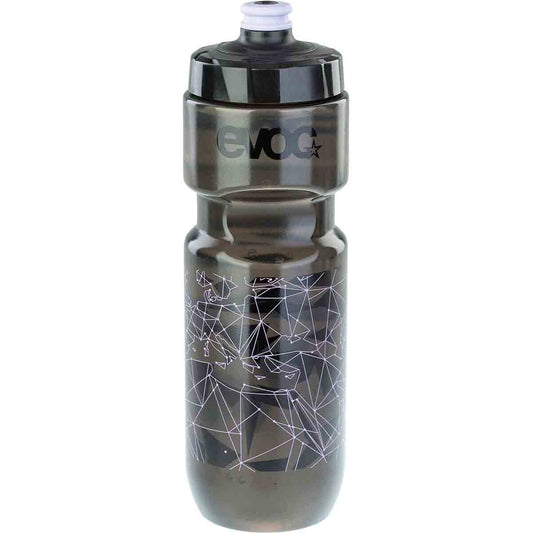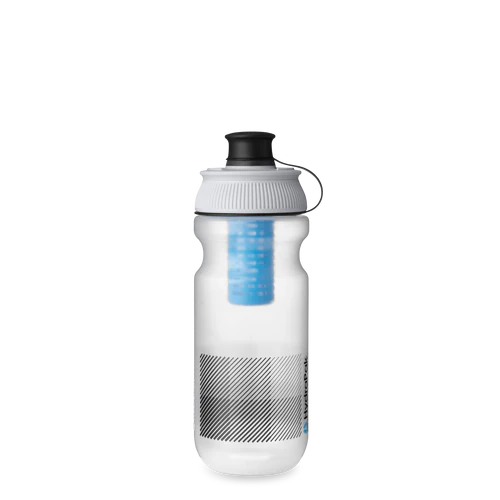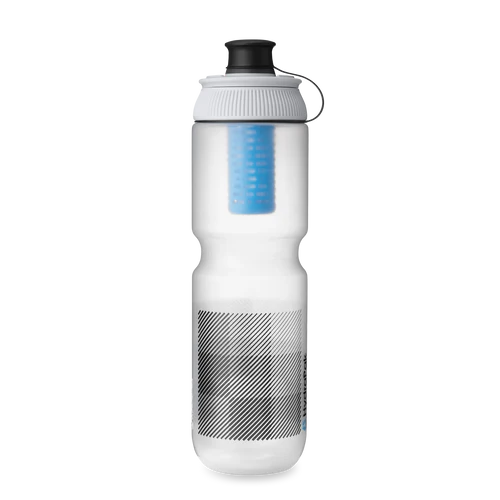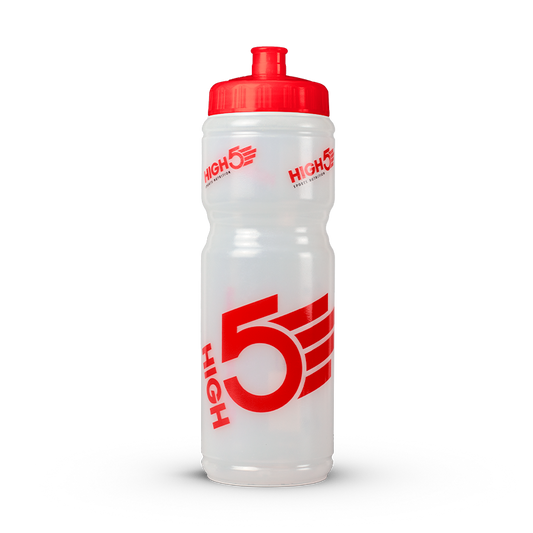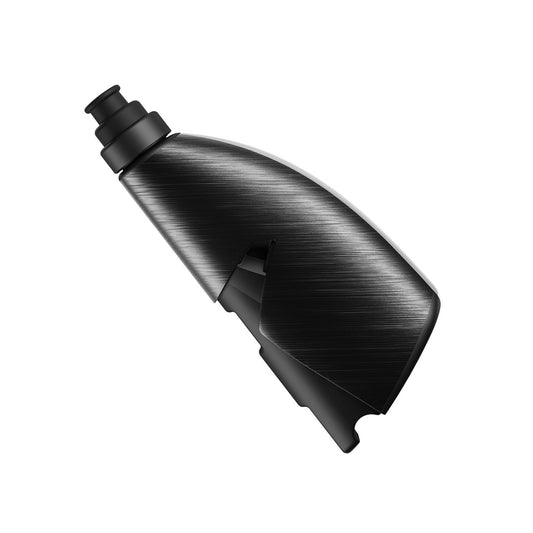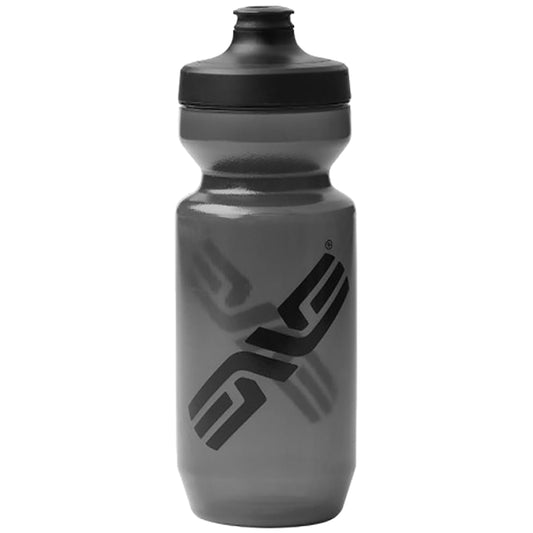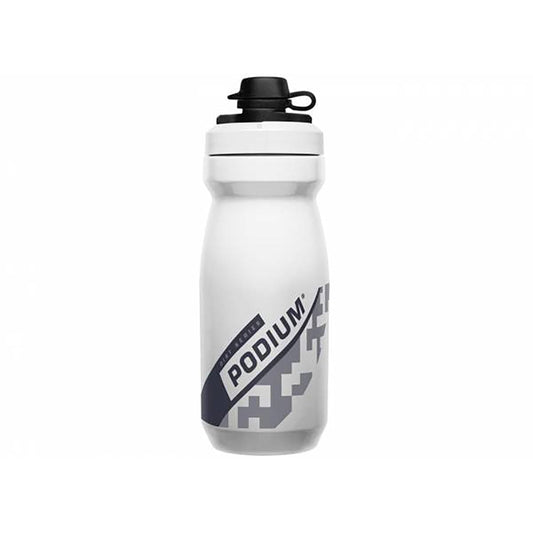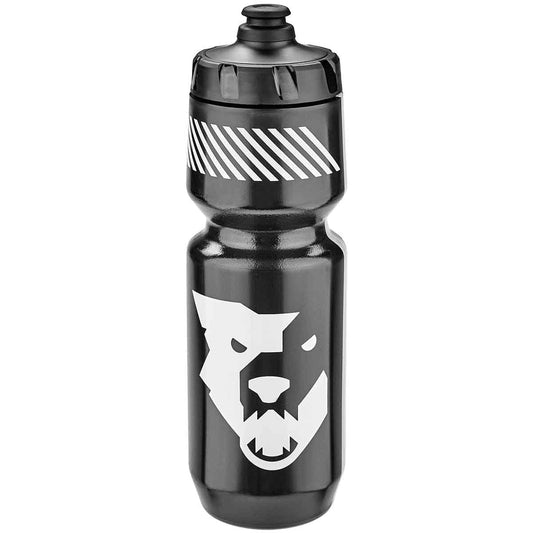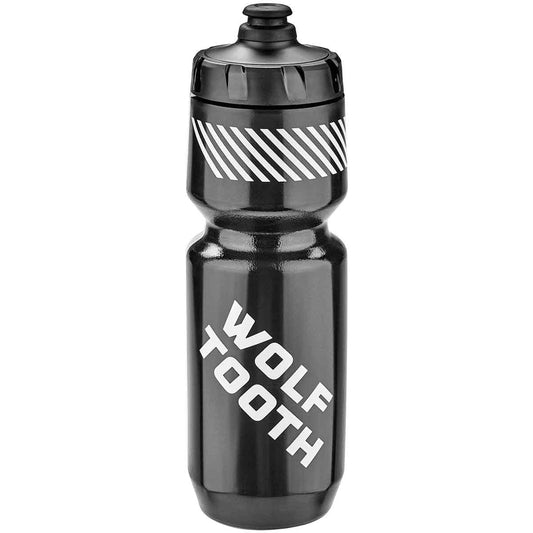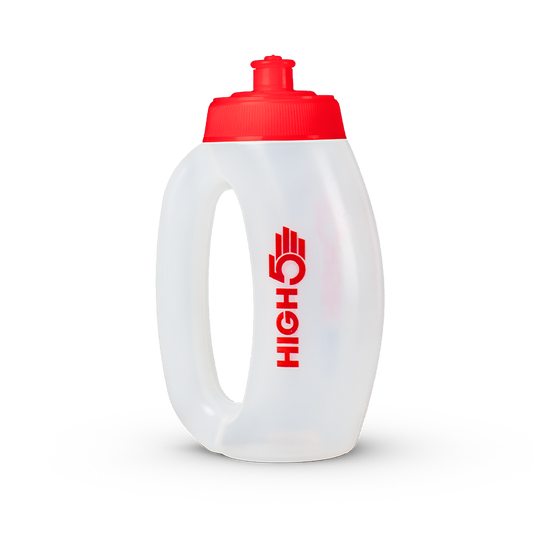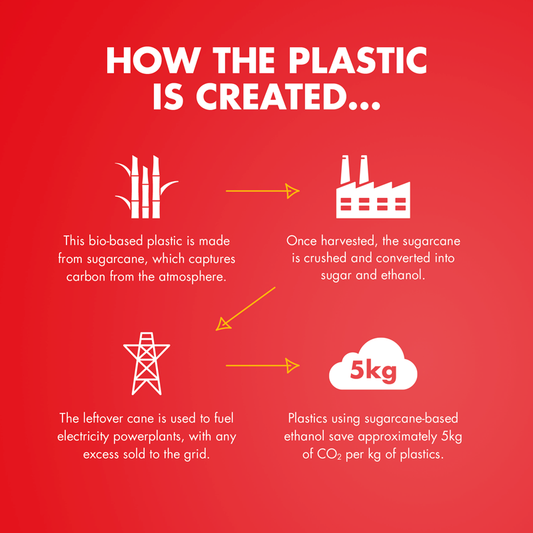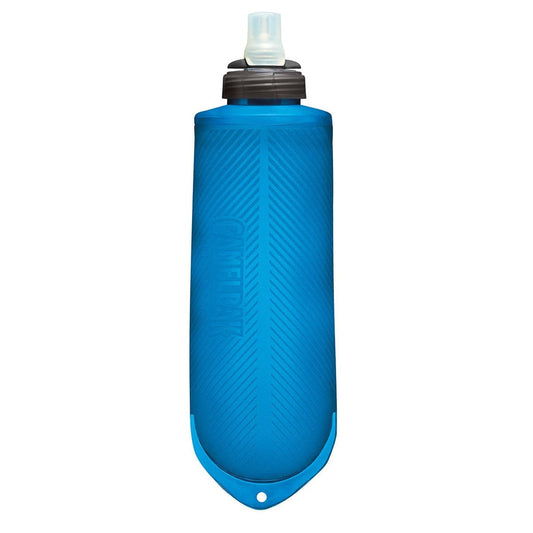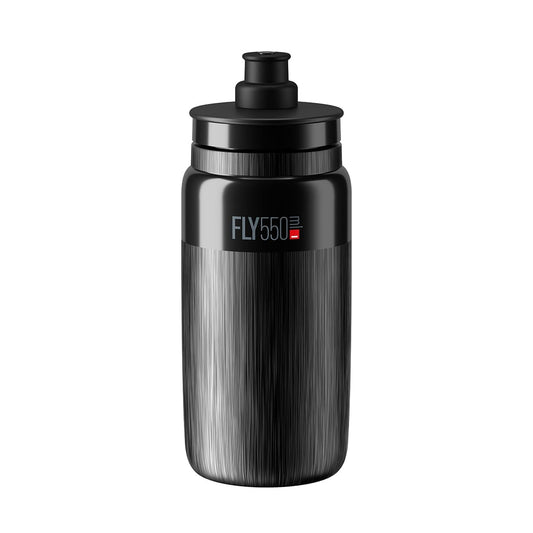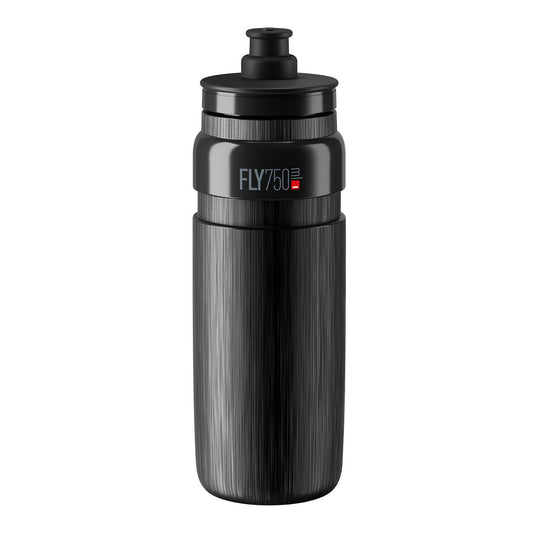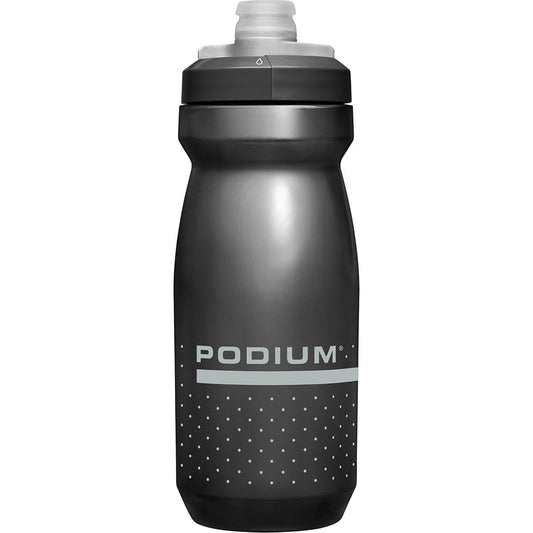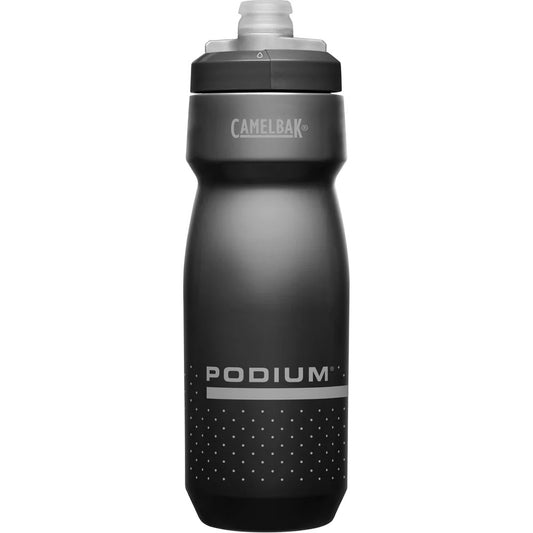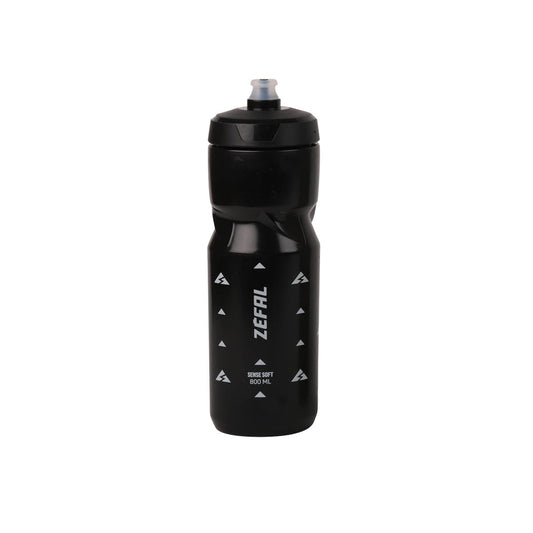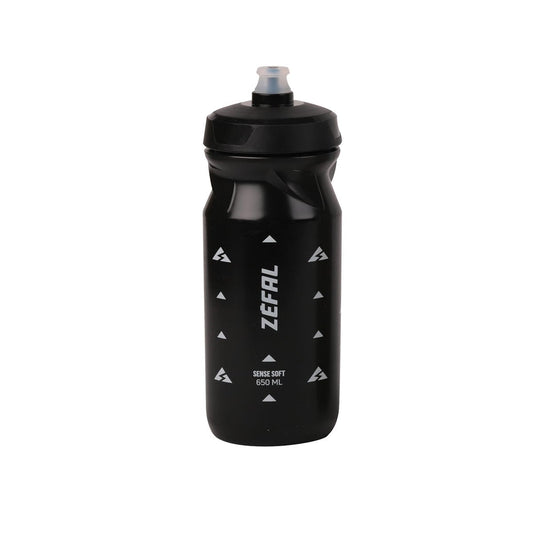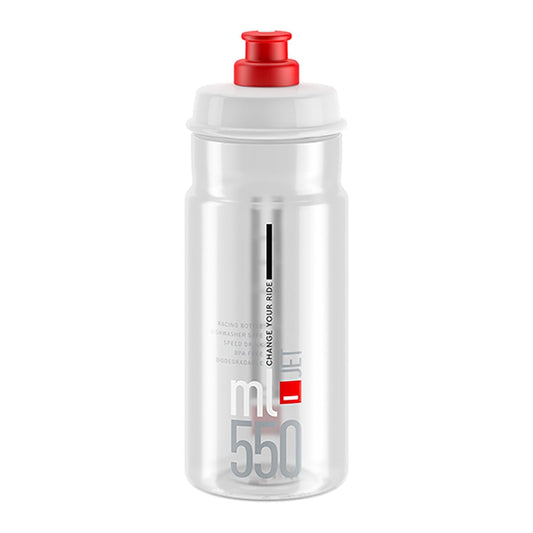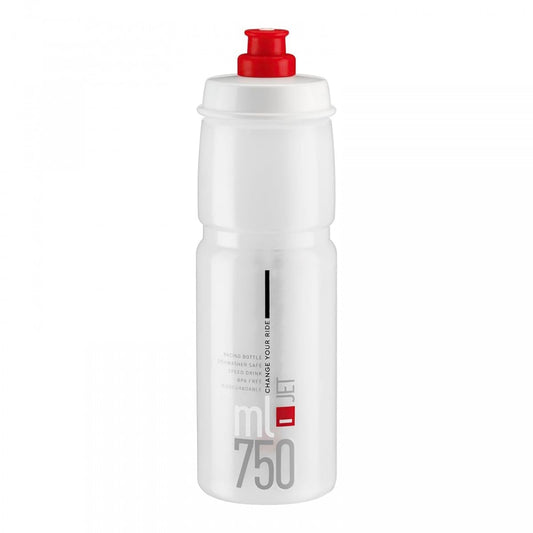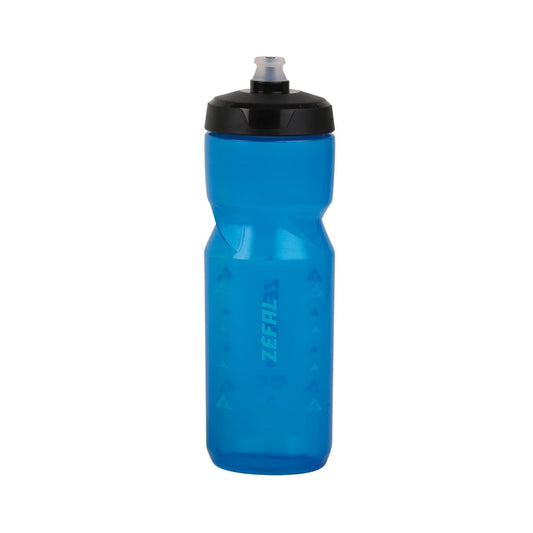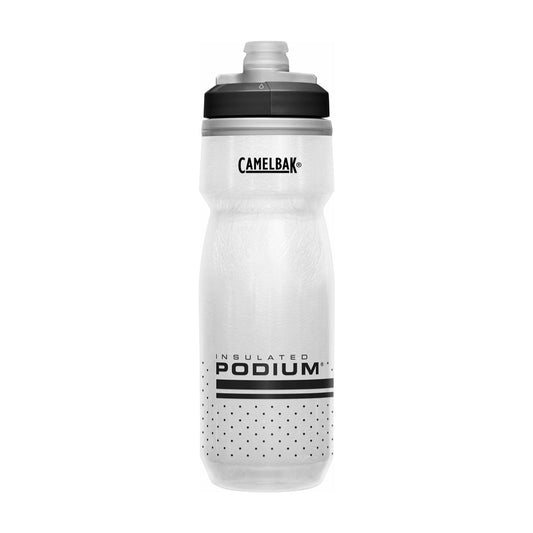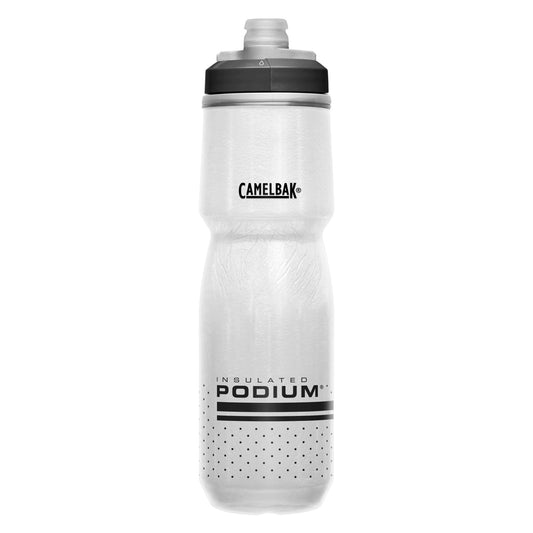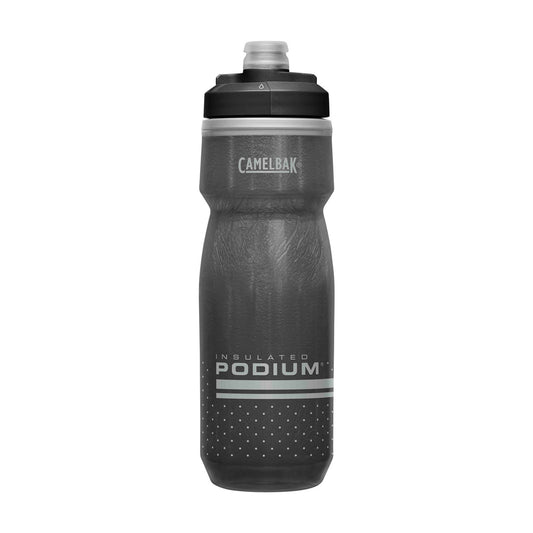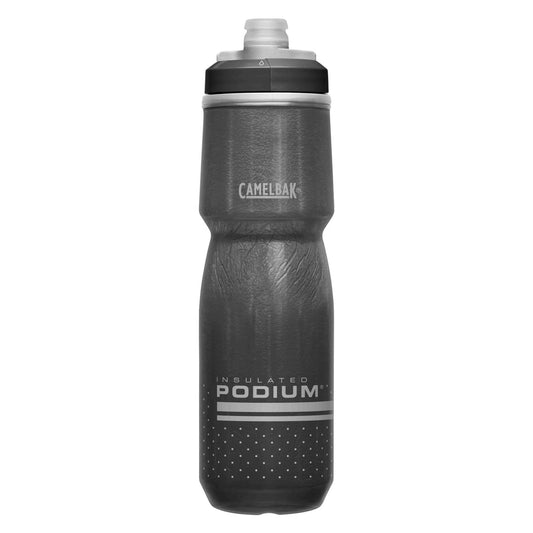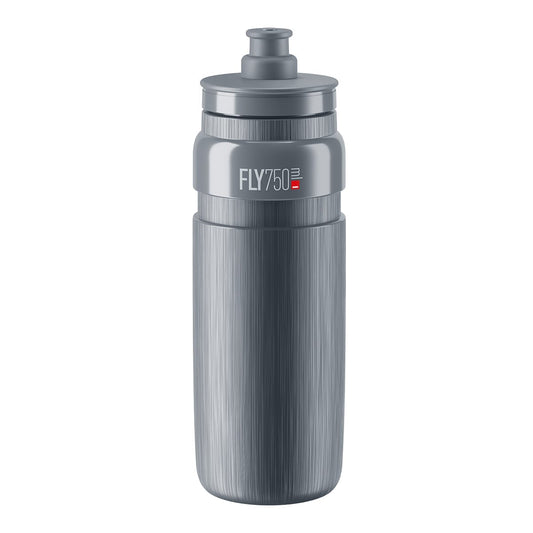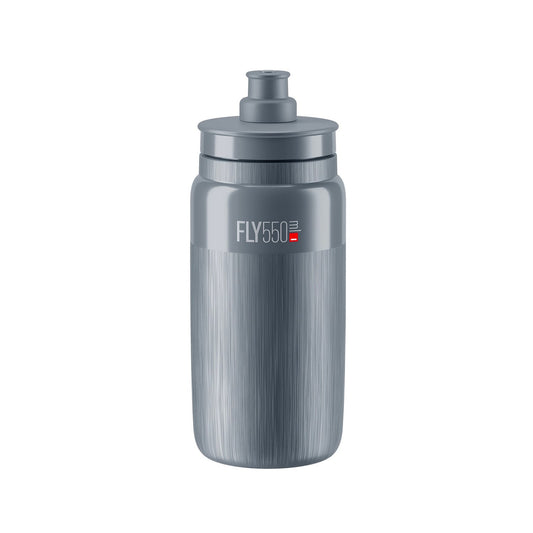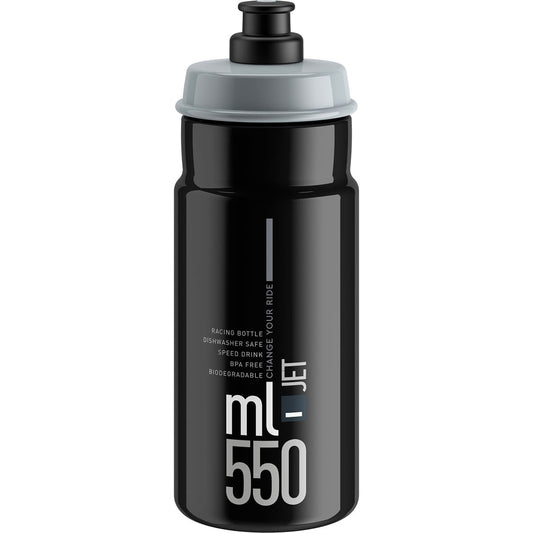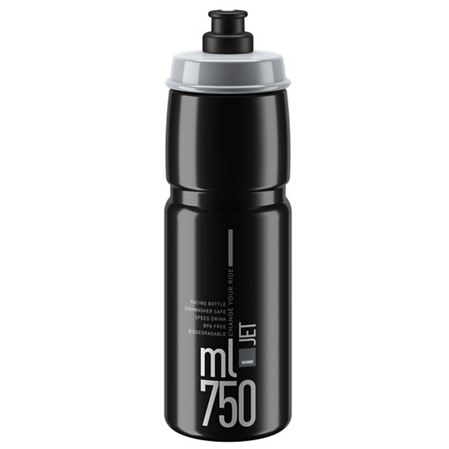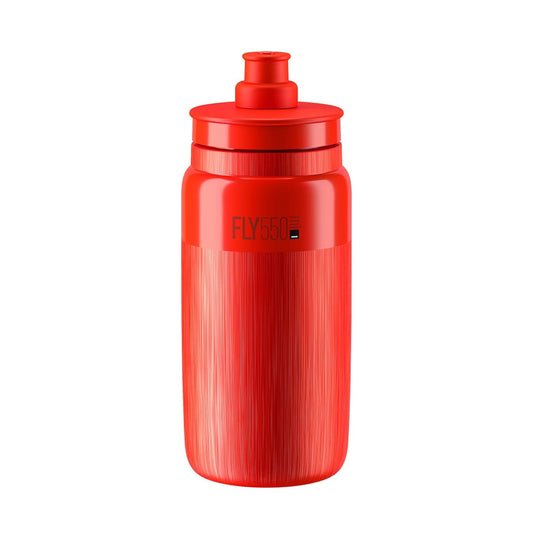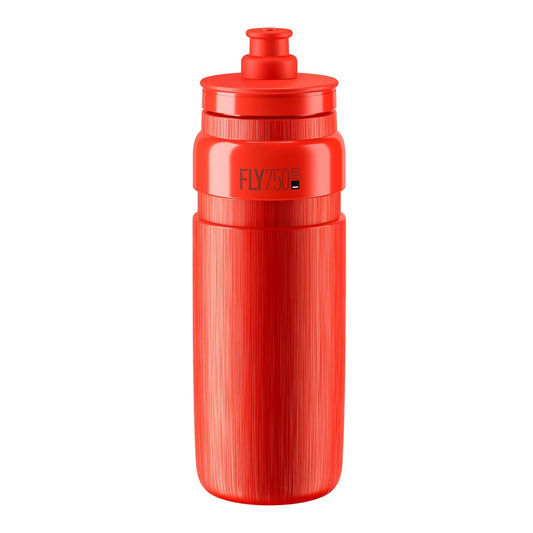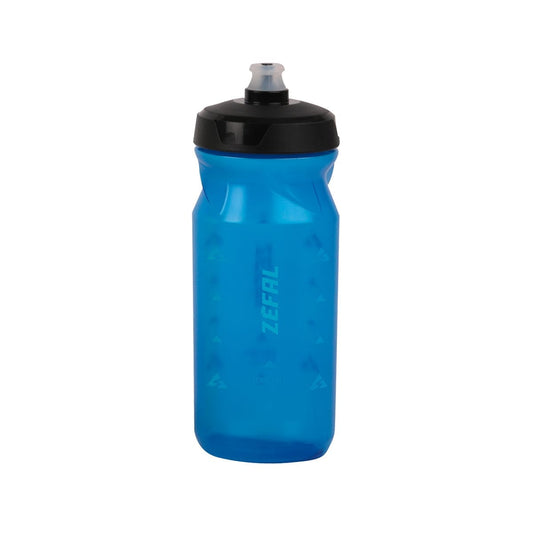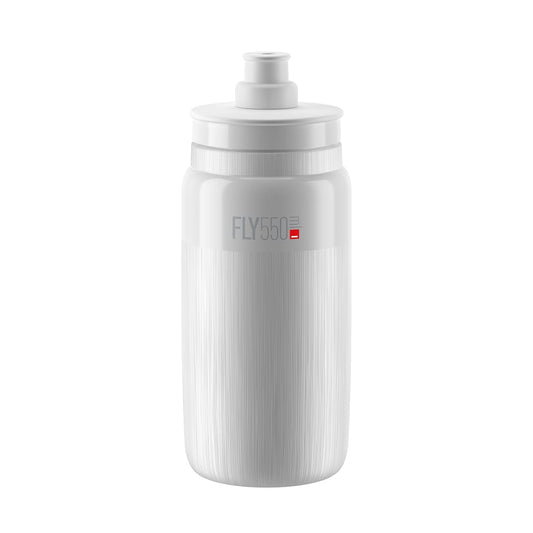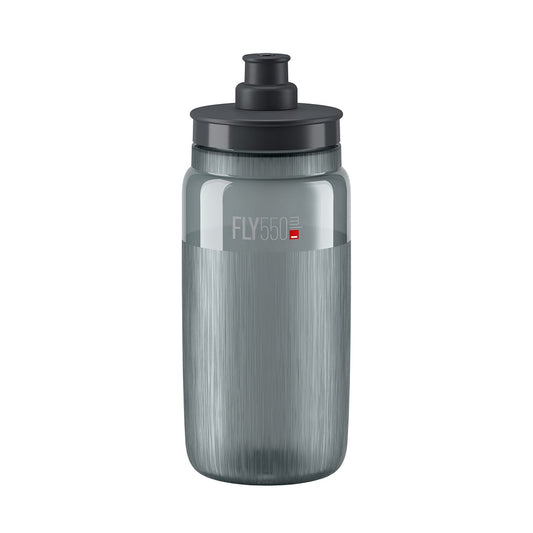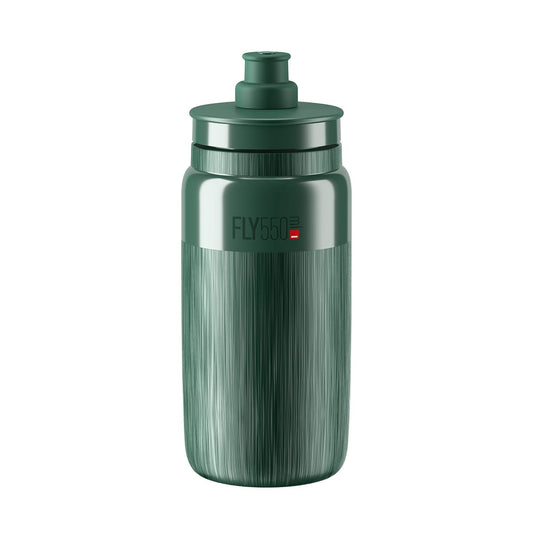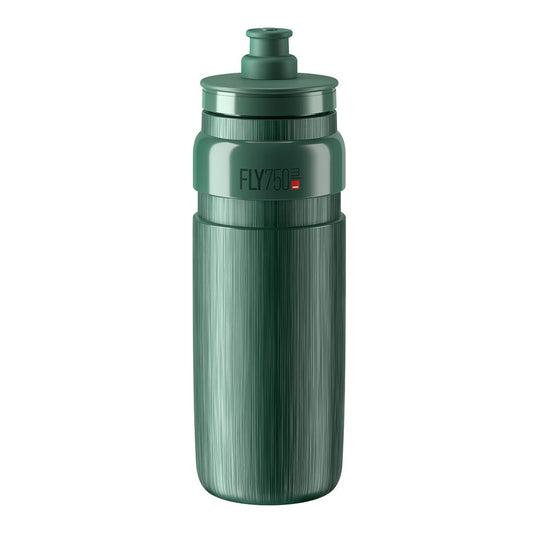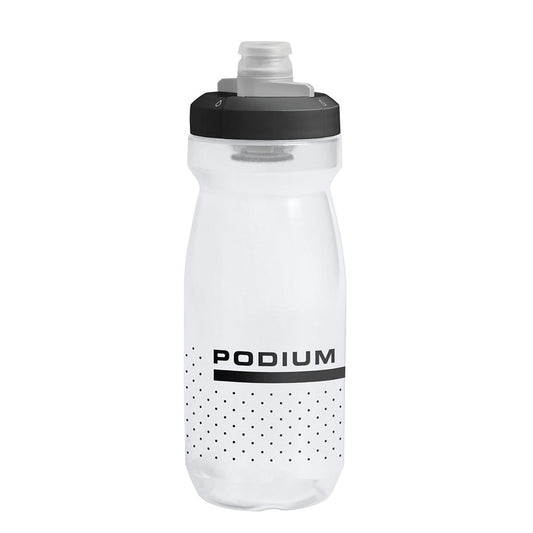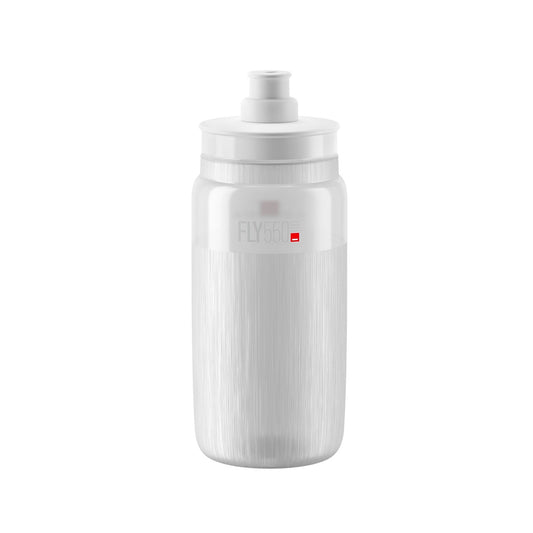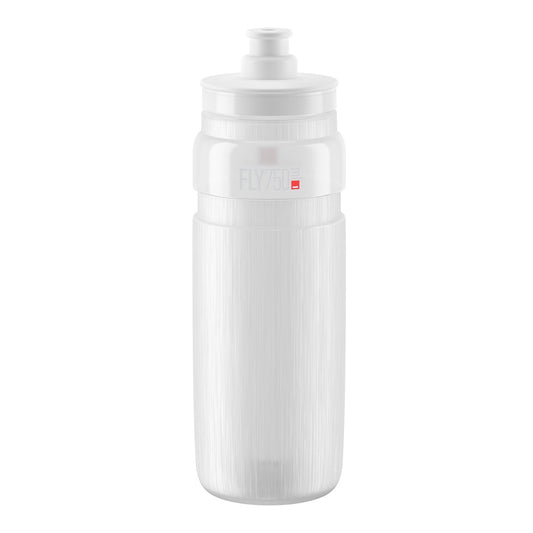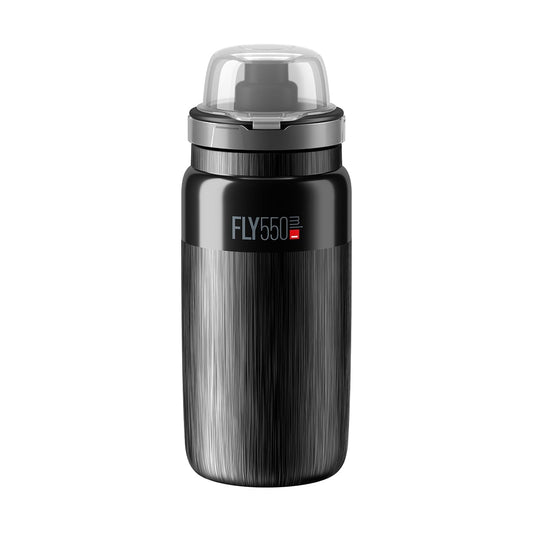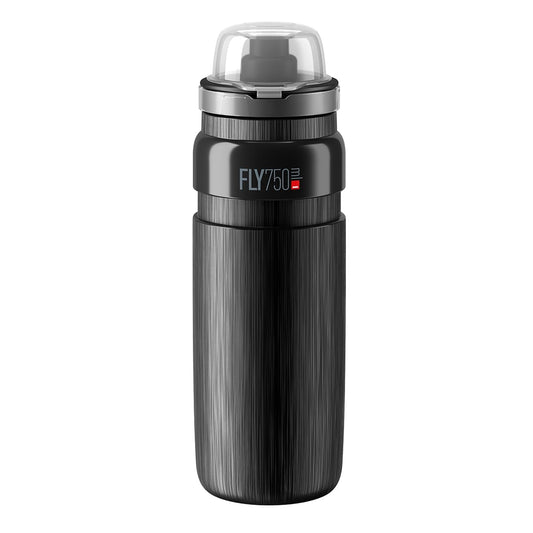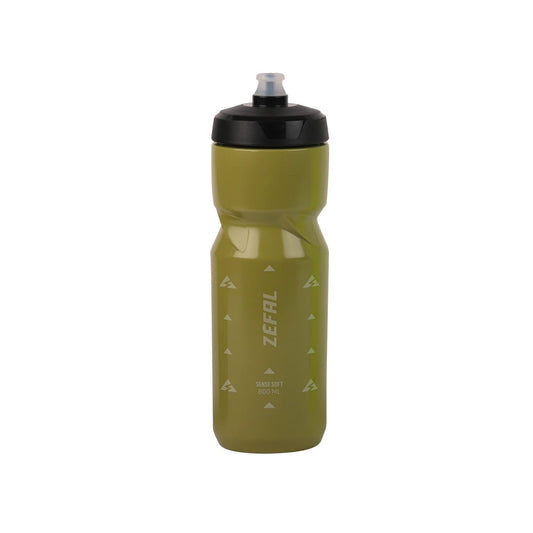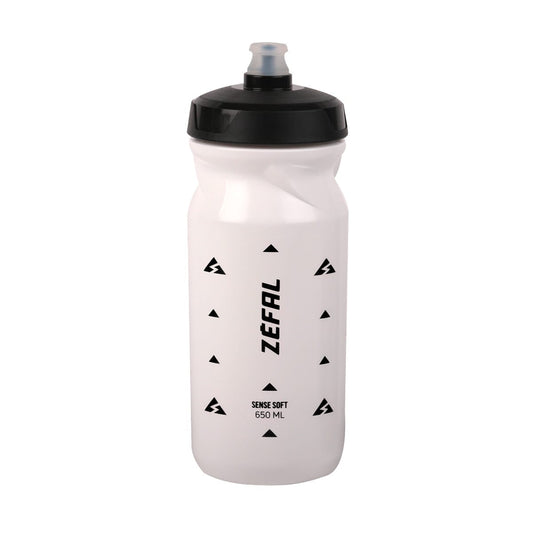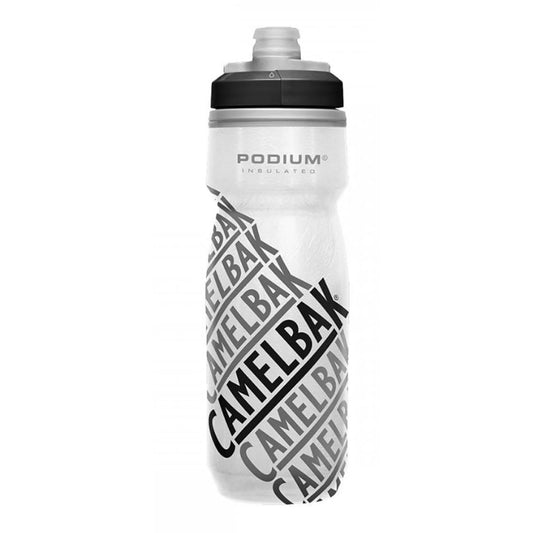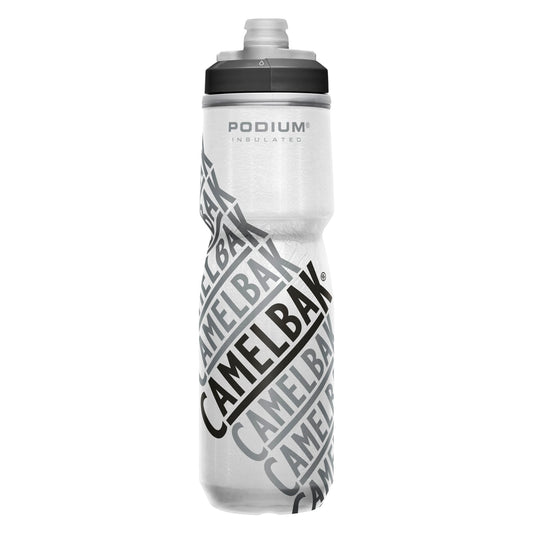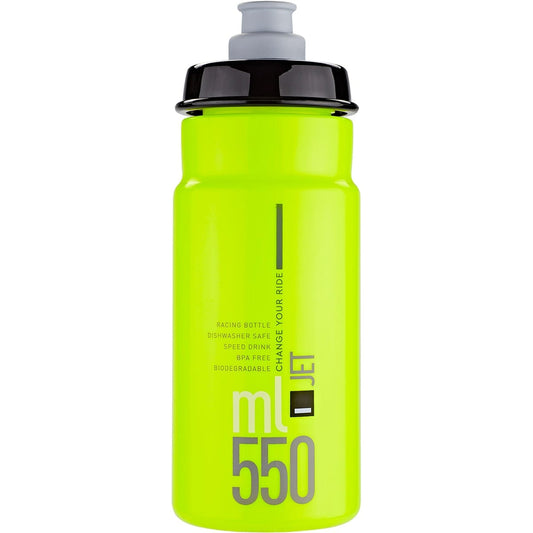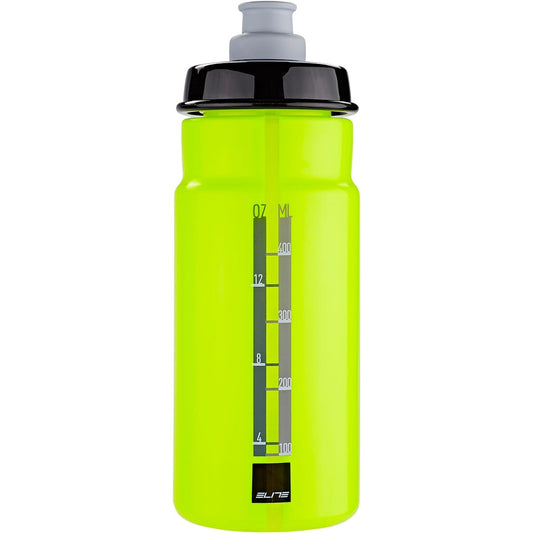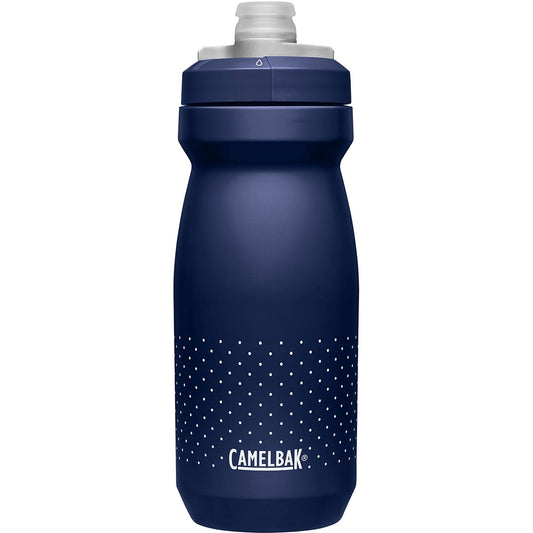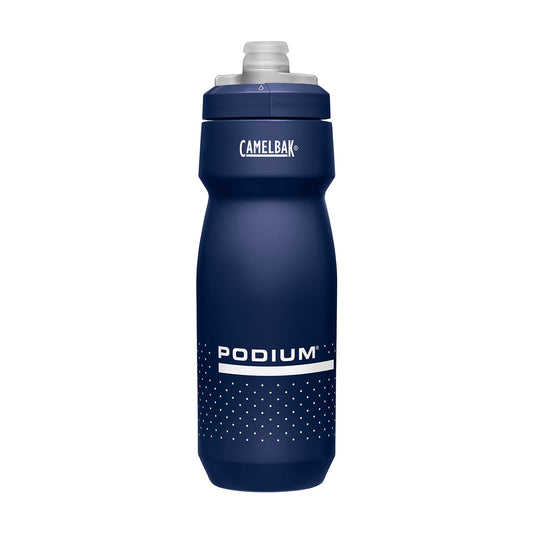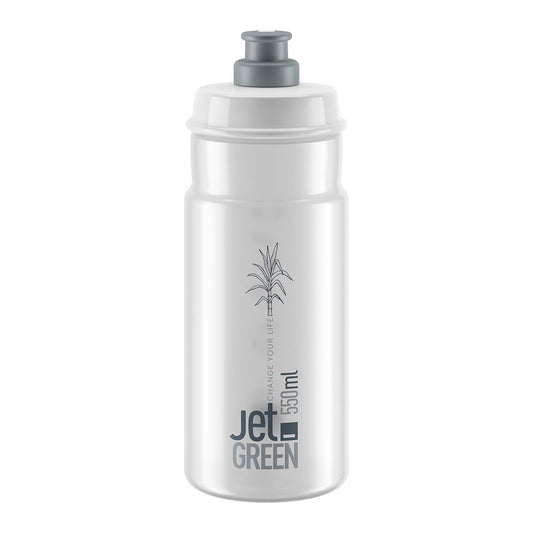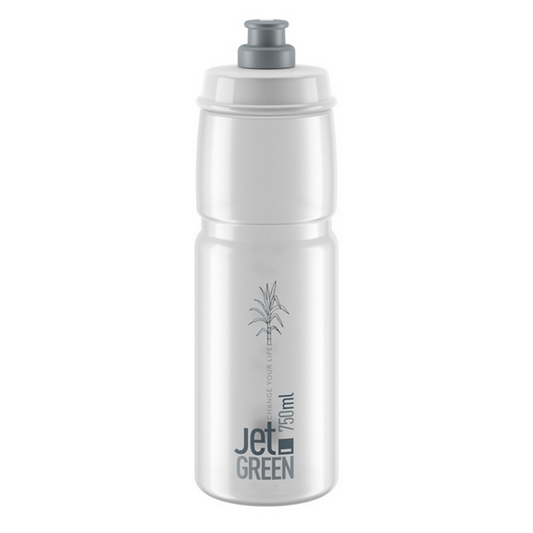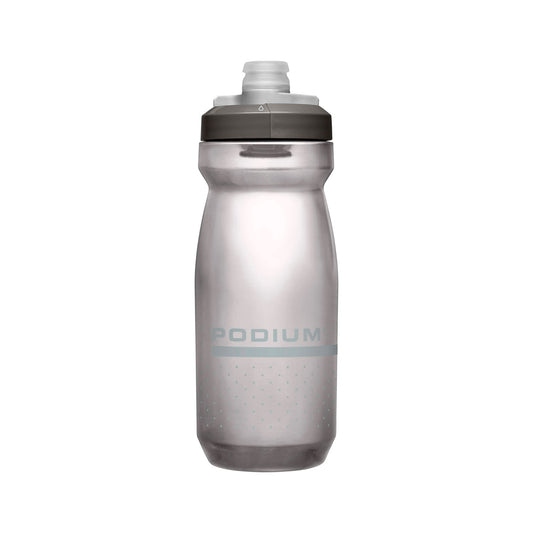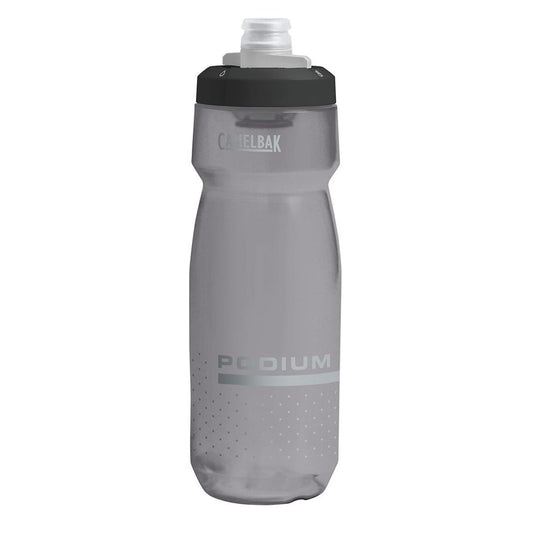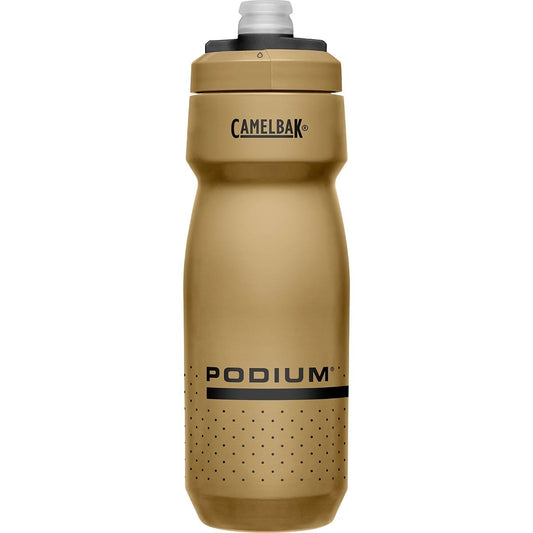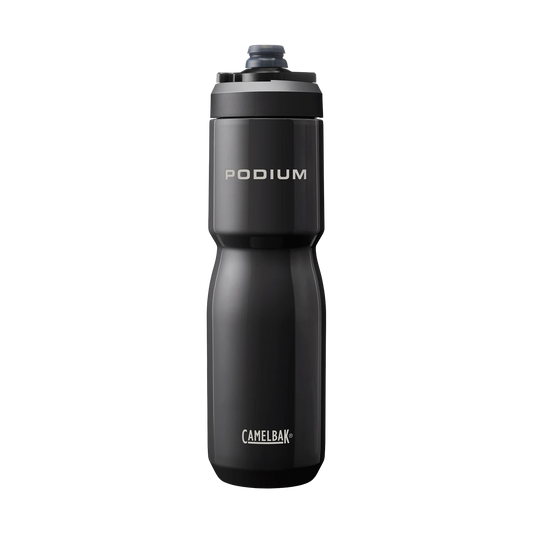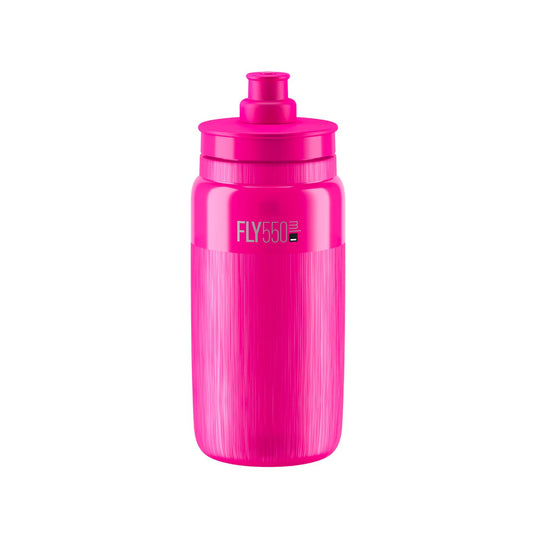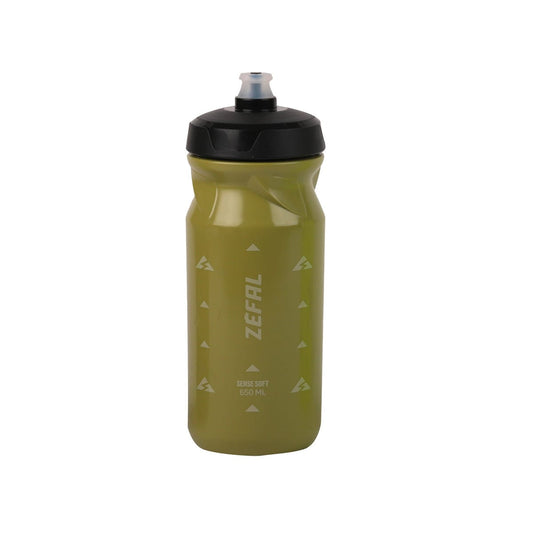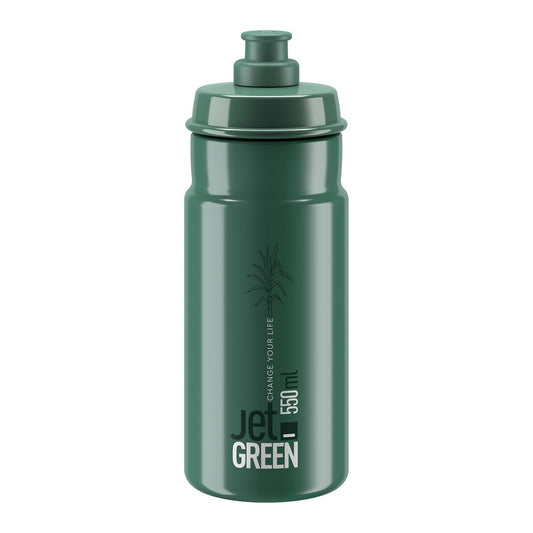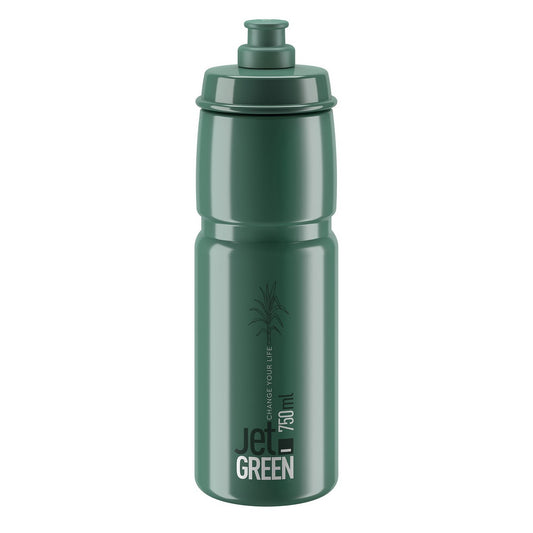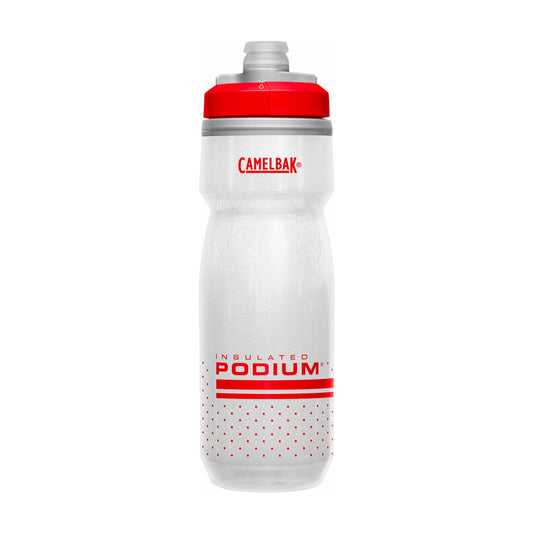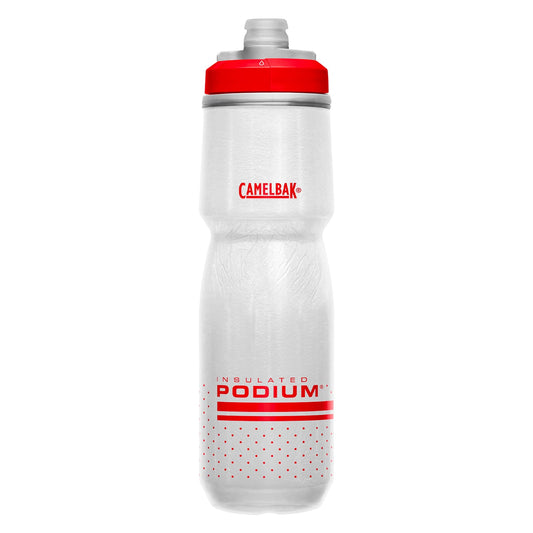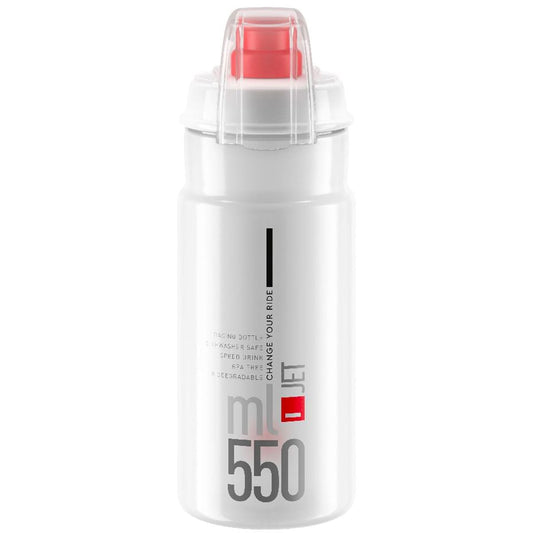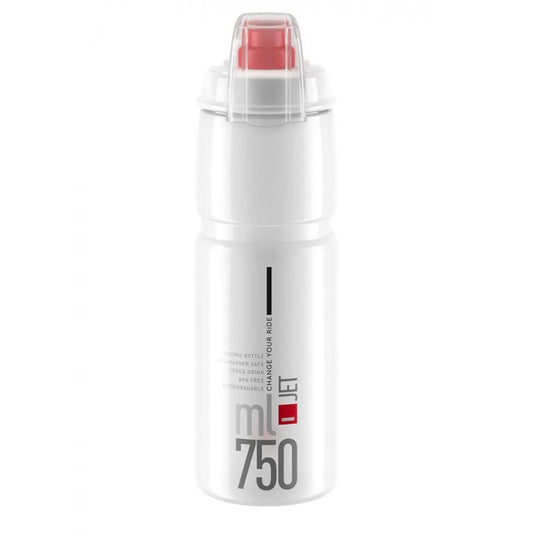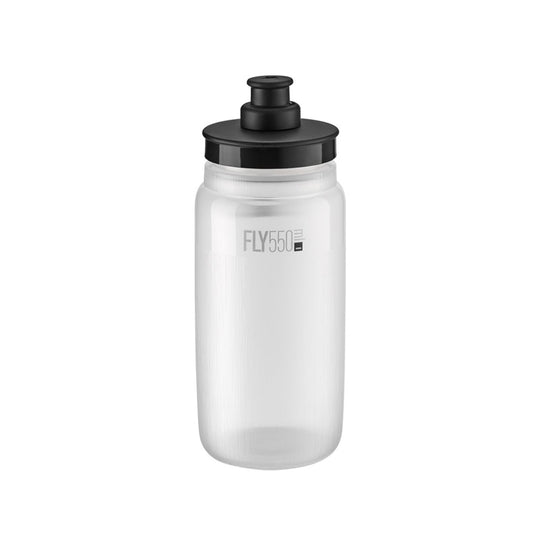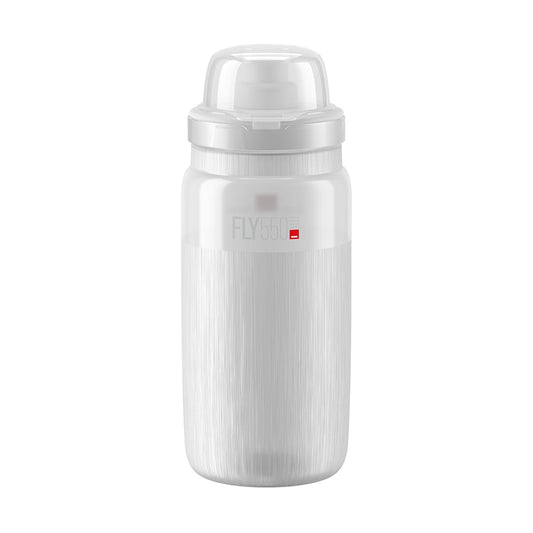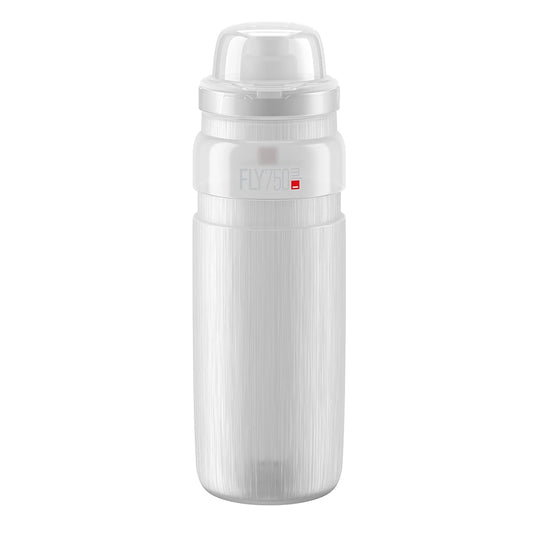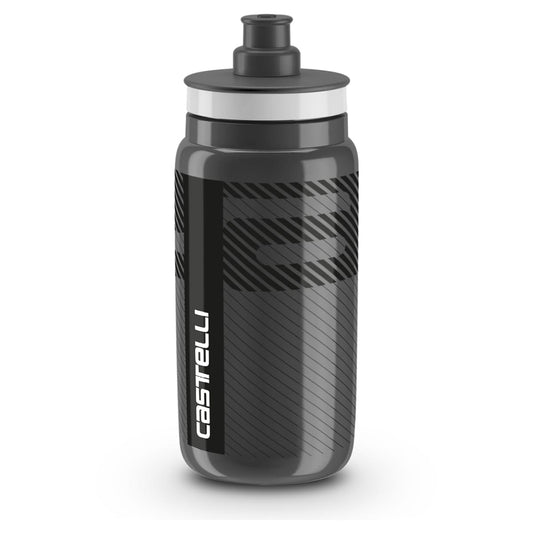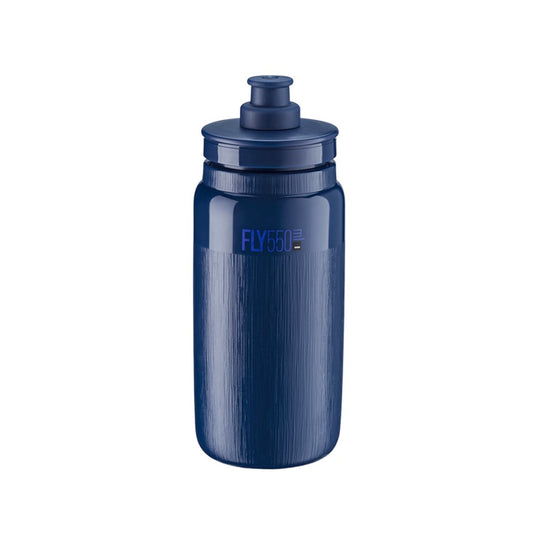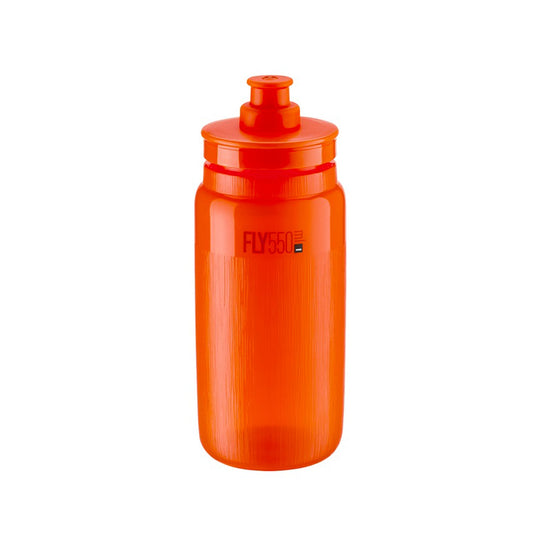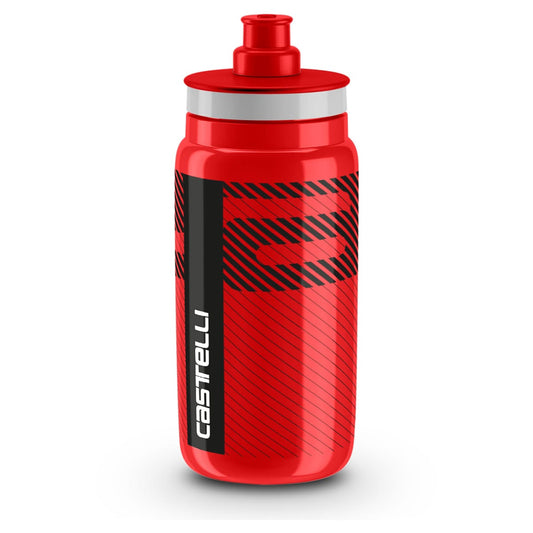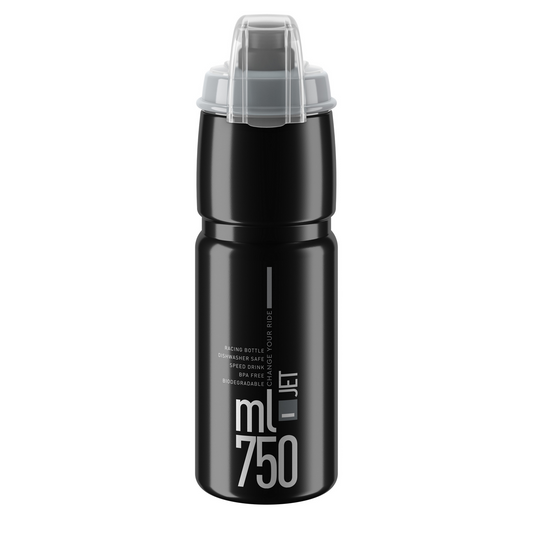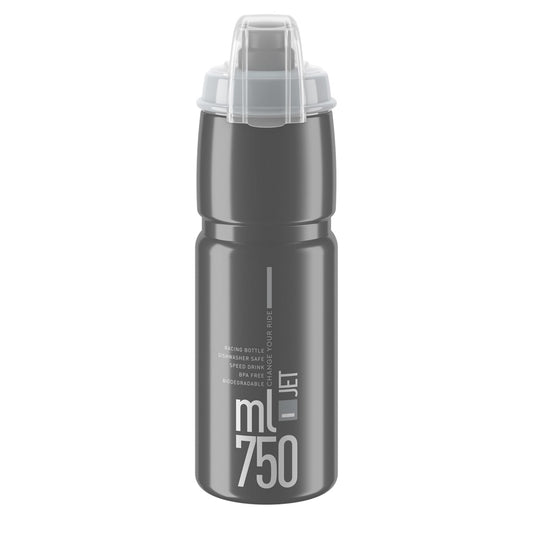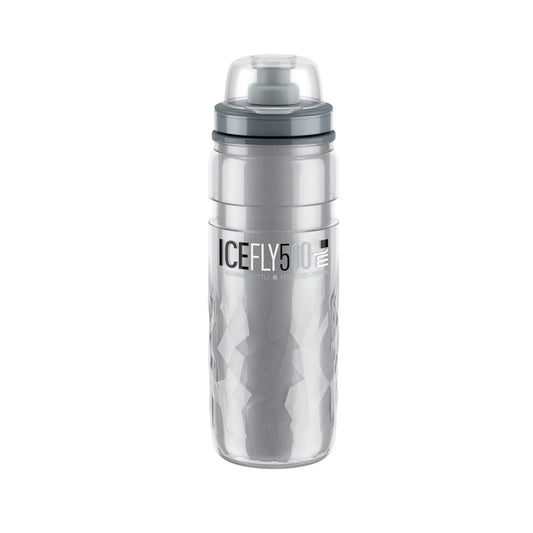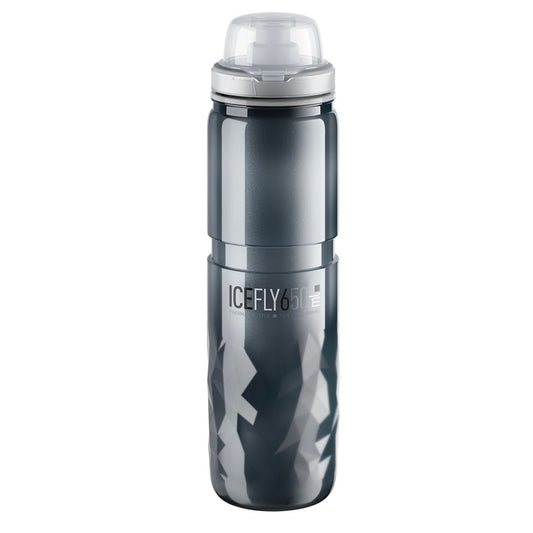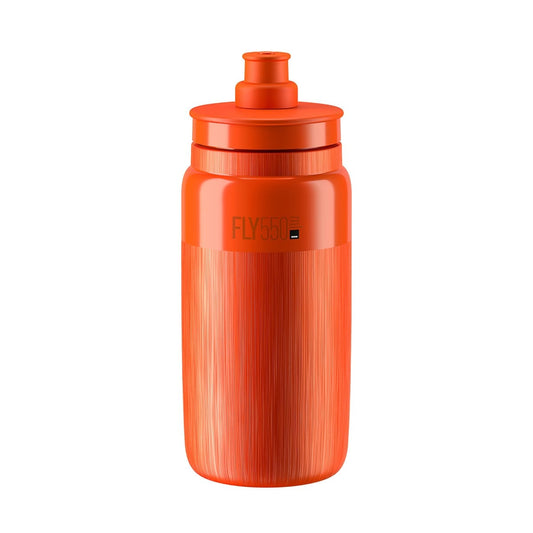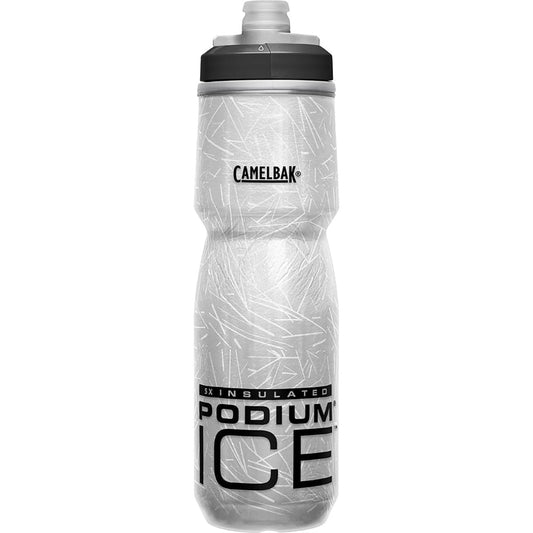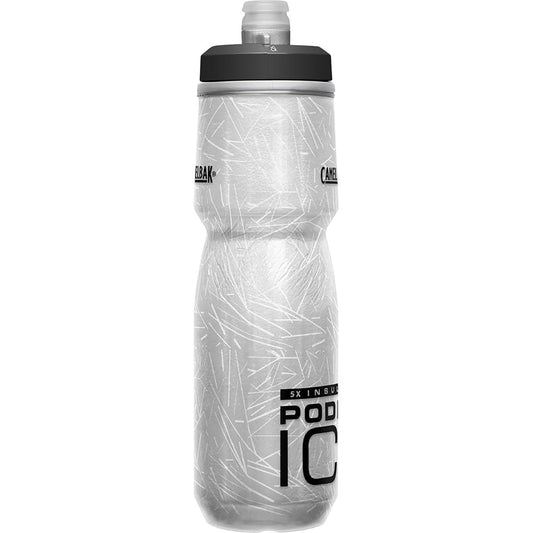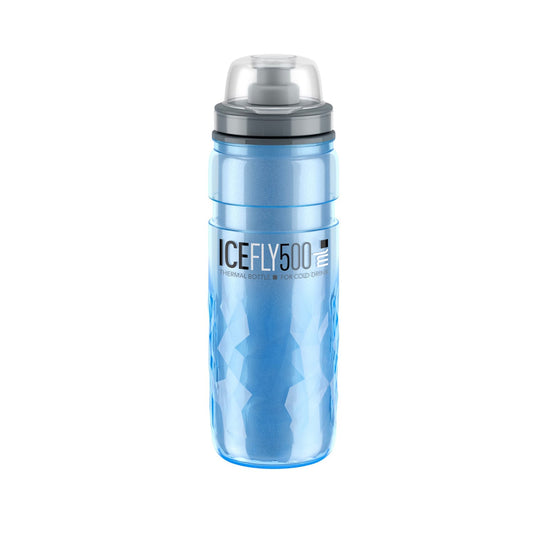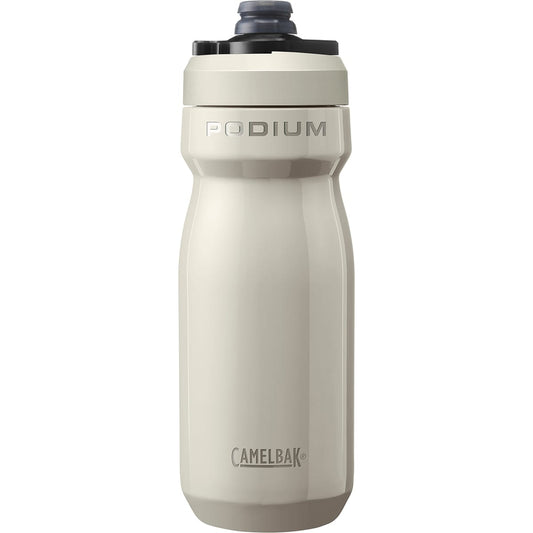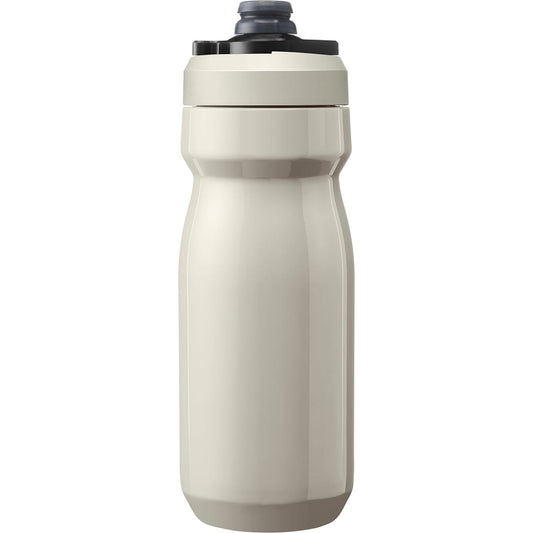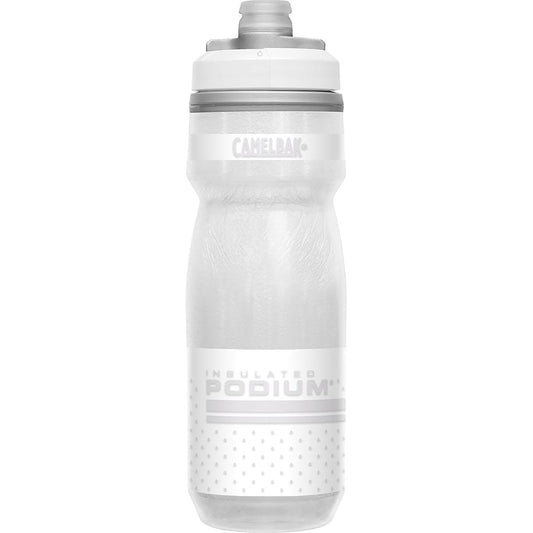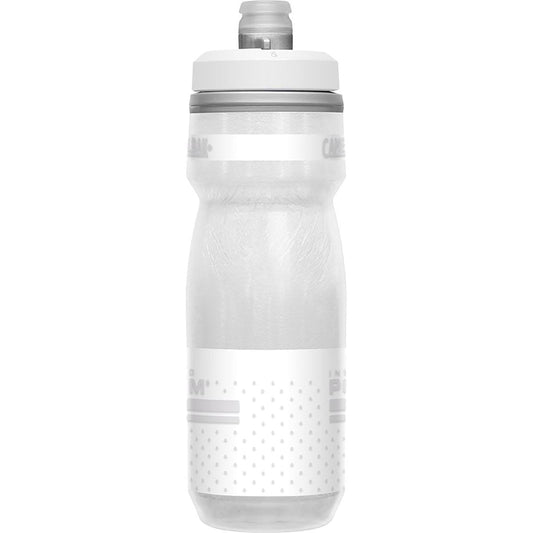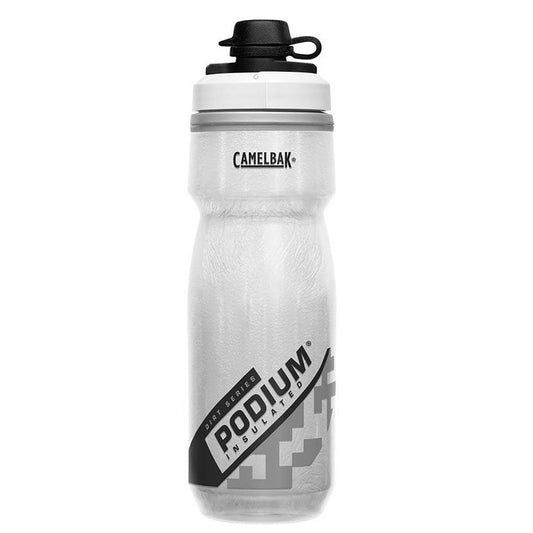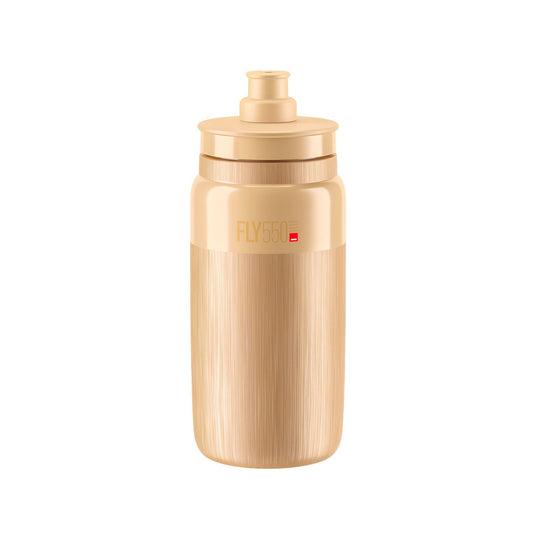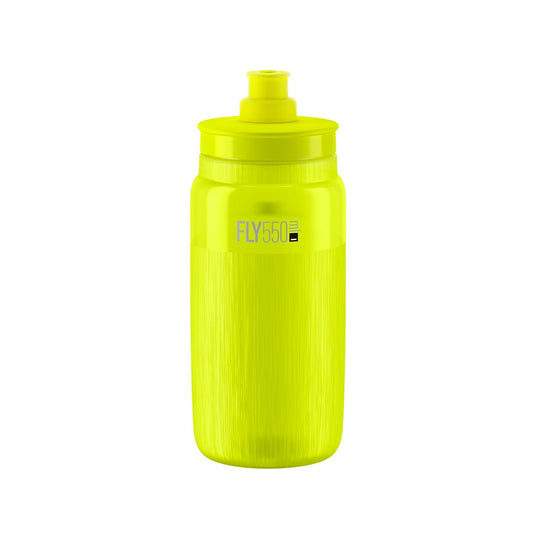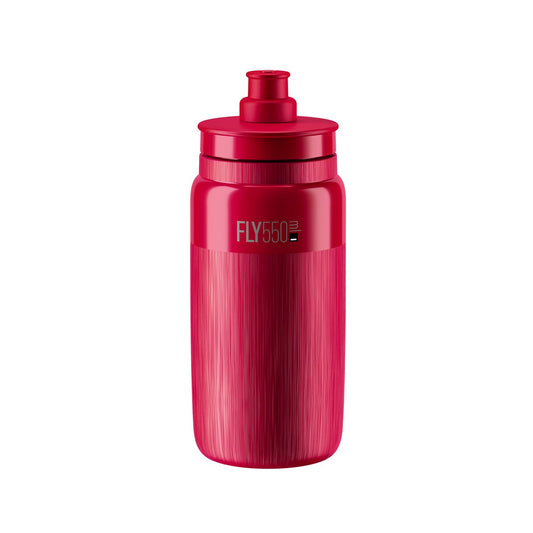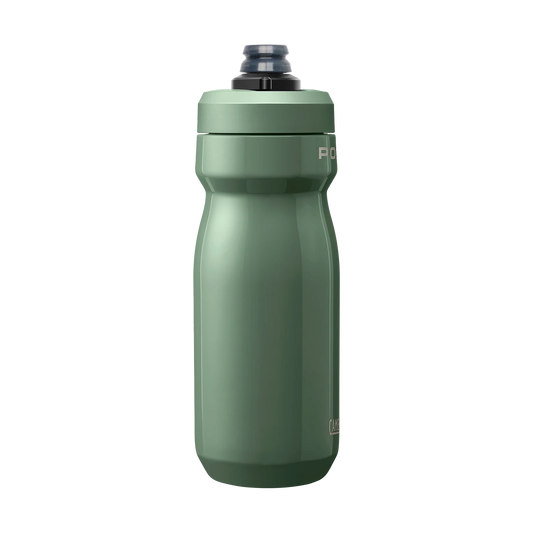Cans - the essential for each bike outing
Good hydration during sport is crucial, because the body loses a lot of water and electrolytes through increased perspiration and breathing during physical effort. Therefore, it is very important to maintain good hydration for several reasons:
- Good regulation of body temperature: perspiration is the main mechanism by which the body regulates its temperature during exercise. When sweating, the body loses water, which helps to evacuate body heat. Dehydration can compromise the body's ability to regulate its temperature, thus increasing the risk of overheating.
- Better physical performance: adequate hydration maintains blood volume, which promotes the circulation of oxygen to muscles. And better oxygenation of the muscles in turn improves physical performance and reduces the risk of premature fatigue.
- Effective prevention of cramps: dehydration and loss of electrolytes (sodium, potassium, etc.) can promote the appearance of muscle cramps. Maintaining a good water and electrolytic balance is essential to prevent these muscular discomforts.
- Optimal functioning of the cardiovascular system: significant dehydration can lead to a decrease in blood volume, which can cause an increase in heart rate. This charge on the heart can compromise blood circulation and negatively affect cardiovascular performance.
- Reduction of the risk of injuries: when you are dehydrated, it is possible to undergo a decrease in concentration and coordination. This increases the risk of injury during exercise (falls, accidents, etc.).
How to choose your new bike can?
Choosing the right can for cycling may seem simple, but there are several aspects to be considered beforehand to ensure that we find the model that will correspond to our needs. Here are some important characteristics to take into account:
- Capacity: The cans are generally available in different volumes, ranging from 500 ml to 1,000 ml, or even more. The capacity chosen depends on the duration of the outputs. For short distances, a 500 ml can be enough; While for longer or hot weather journeys, you will have to favor a can of 1,000 ml, at least.
- Material: The cans are often made of plastic or composite materials. The models designed in plastic are light and economical, but they can have a shorter lifespan and they absorb odors. Those in composite materials are more durable, better resist odors and are often lighter than plastic.
- The mouth of the can: The size of the opening of the container can have an impact on the ease of use. A large opening facilitates filling and cleaning, while a small opening allows you to drink more easily while driving, reducing the risk of spill.
- Anti-leaky valve: Modern cans are often equipped with anti-fed valves to prevent water from being overturned during transportation or if the container is in reversed position. That said, it is important to ensure that the valve is easy to use, while remaining effective.
- Ease of cleaning: often neglected, this aspect is very important to take into account, in particular to avoid the development of bacteria which can cause the premature degradation of the container, or worse, make you sick…. Compare the different models, because some cans have shapes and openings that make them easier to empty and clean.
- Compatibility: Last point, but not less important! The container must be compatible with the bike carrier of the bicycle, if you have already equipped it. The manure holders vary in size, design, type of socket, material ... So, remember to find a model that ensures that the latter will be firmly held, even when you run on a well-accidental ground.
Goodbye to chemical components in bike cans!
When buying a container, it is always advisable to check the specifications of the product, and more particularly the materials used, to be sure that it meets current food and environmental safety standards. Indeed, our days, the cans are designed with materials that minimize the risk of the presence of dangerous chemical components. This is part of a global trend that pushes manufacturers to use more and more safer and environmentally friendly materials (which minimize chemical risks while being recyclable) in the design of their products, including items of sport, like cans. As a result, the new cans available on the market are safer from a chemical point of view, because:
- BPA -free plastics (bisphenol A): BPA is a chemical often used in plastics. Studies lead to believing that BPA can migrate plastic containers to the food or liquids they contain, which has raised concerns about its potential health effects. In response to this, many cans have started to favor BPA -free plastics to reduce health risks.
- Use of safer composite materials: Some cans are made from composite materials, which minimize the risk of harmful chemical emissions, while providing lightness and durability.
- Compliance with food security standards: cans manufacturers redouble their efforts to comply with strict food safety standards (in particular, regulations on materials in contact with foodstuffs) to ensure that the materials used in the manufacture of These hydration accessories do not have health risks.
Other potentially harmful substances such as phthalates, heavy metals, and treacherous compounds are also increasingly avoided in the manufacture of sports accessories. These substances can be linked to long -term health problems, and consumers are now very attentive to these questions, which encourages manufacturers to choose safer alternatives.
